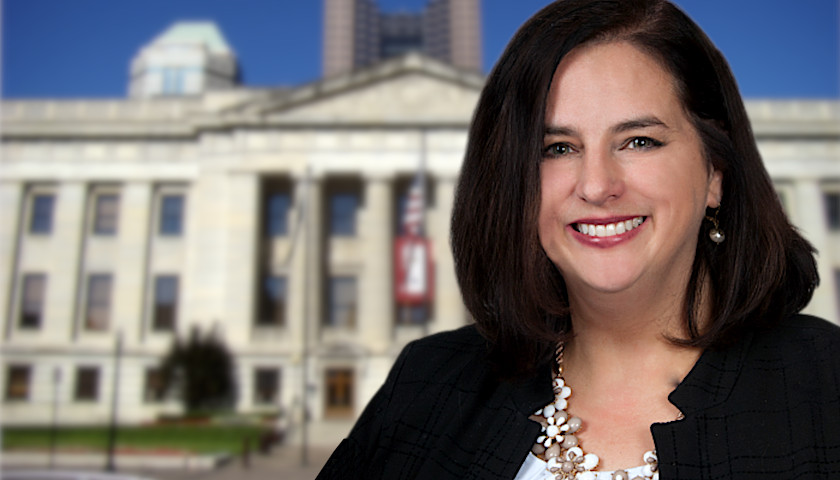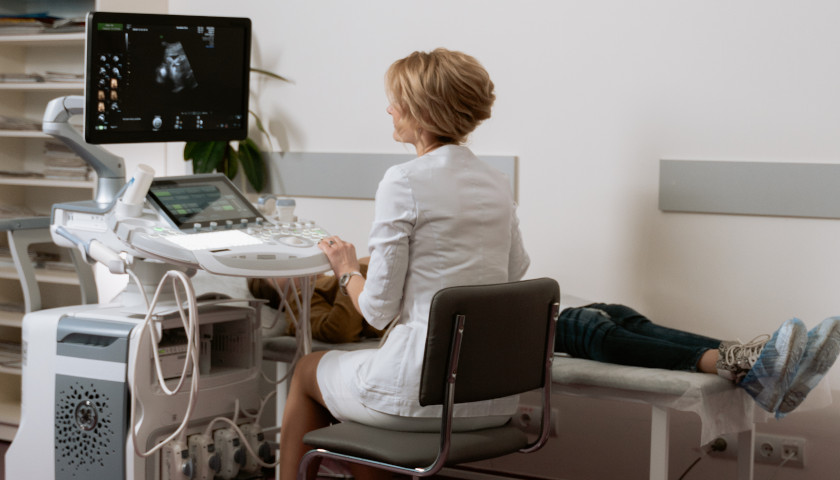The House version of Ohio’s heartbeat bill passed out of committee Tuesday, but not before a final round of impassioned debate.
The House Health Committee heard from four final witnesses, some of whom represented religious organizations opposed to the bill. Gaby Garcia-Vera with Catholics for Choice, for instance, claimed during his testimony that the “majority of Catholics” support abortion.
“Catholic teaching reveres individual conscience as the final arbiter in moral decision-making. As Catholics, we are called by our faith to follow our consciences when we make moral decisions about our lives. We also deeply respect the right of others to do the same,” he said. “Catholics support each woman’s ability to make personal choices that are right for herself and her family, including whether to become or remain pregnant, according to her own beliefs and based on her own conscience. Rather than respecting women’s consciences, as our Catholic faith compels us to do, SB 23 would allow politicians to decide whether and when a woman can access abortion care.”
Elaina Ramsey, executive director of the Ohio Religious Coalition for Reproductive Choice, said during her testimony that the heartbeat bill “does not reflect the values of the majority of Ohioans and Americans—including Protestants, Catholics, Jews, and other religious traditions—all of whom support access to safe and legal abortion.”
“To illustrate this, my organization has mobilized 15 faith leaders to testify against SB 23 and collected signatures from our ‘Ohio Clergy for Choice’ network against this bill and against all abortion bans,” she continued.
The Ohio Clergy for Choice petition includes the signatures of 84 religious leaders, none of whom are Catholic priests.
The testimonies prompted several Catholic Democrats serving on the House Health Committee to discuss their faith as it pertains to abortion.
“Let me just say that as a proud, devout, and practicing Catholic, this issue has weighed heavily upon me and heavily on my heart, and I want to thank you for speaking on behalf of our faith and all of our brothers and sisters,” Rep. Terrence Upchurch (D-Cleveland) said after Garcia-Vera’s testimony.
Rep. Beth Liston (D-Dublin) noted that she’s a practicing Catholic and a graduate of the University of Notre Dame.
“Like a couple others just stated, I am Catholic, and the church where I was confirmed was actually the same one where I was married and where my kids received their first communion,” she said. “Over the last few weeks, we’ve heard many opinions that this is a scientifically rational bill, that the presence of cardiac cell activity in a fetal pole within a cluster of cells smaller than a grain of sand is a medically excepted standard for defining human life. And I can tell you that it is absolutely not.”
She claimed that the bill is “not about science and medicine,” but is “about ideology, some of it religious.”
“I’m a woman of Catholic faith and I said a prayer that God would lead me in both my decision making and how I’ve approached the conversation about this bill,” Rep. Allison Russo (D-Columbus) added. “I’m also a mom to three children, and I have experienced pregnancy three times. And one thing I know for sure in the life that I have lived and the people that I have met in this job, as well as others, is that life is not lived in black and white. It’s lived in the gray, and there is a lot of gray.”
“This law has no compassion. It has no flexibility. It is not based in evidence or reason. And it is cruel. And it is absolutely the wrong direction that we need to be going as a state,” Russo asserted.
The bill ultimately cleared the House Health Committee in an 11-7 vote along party lines, and could receive a full House vote as early as Wednesday.
– – –
Anthony Gockowski is managing editor of Battleground State News, The Ohio Star, and The Minnesota Sun. Follow Anthony on Twitter. Email tips to [email protected].
Background Photo “Ohio Statehouse” by Dr Bob Hall. CC BY-SA 2.0.





